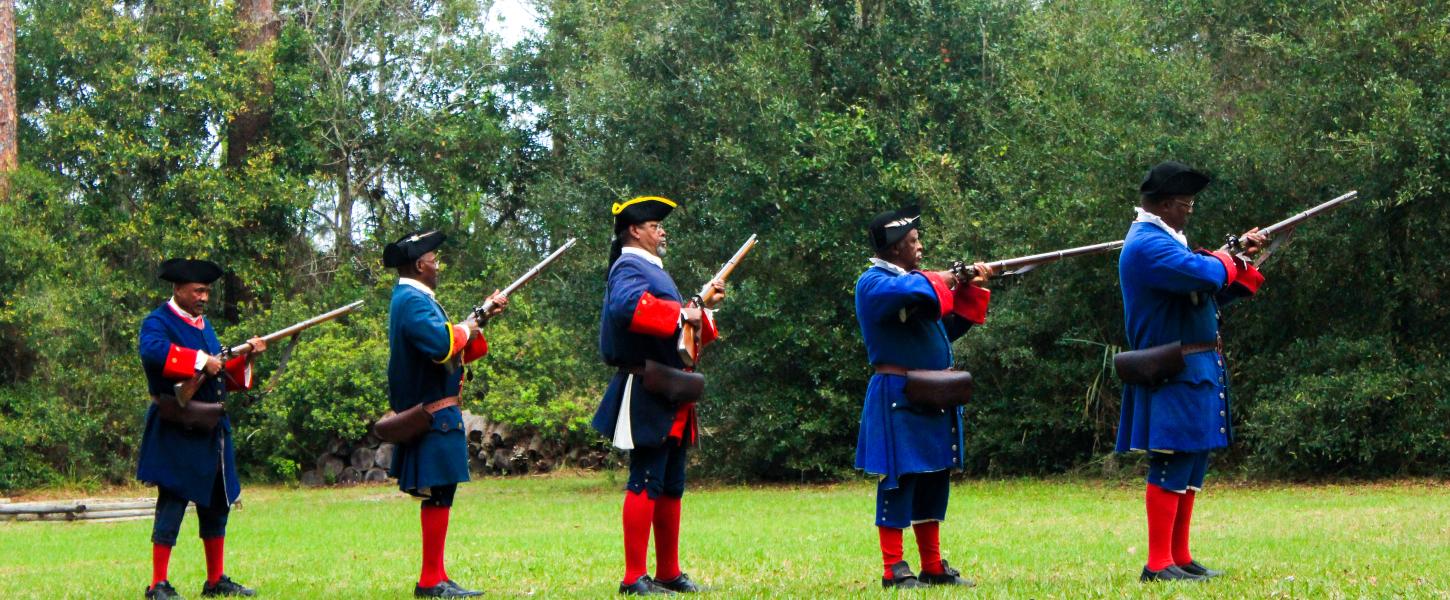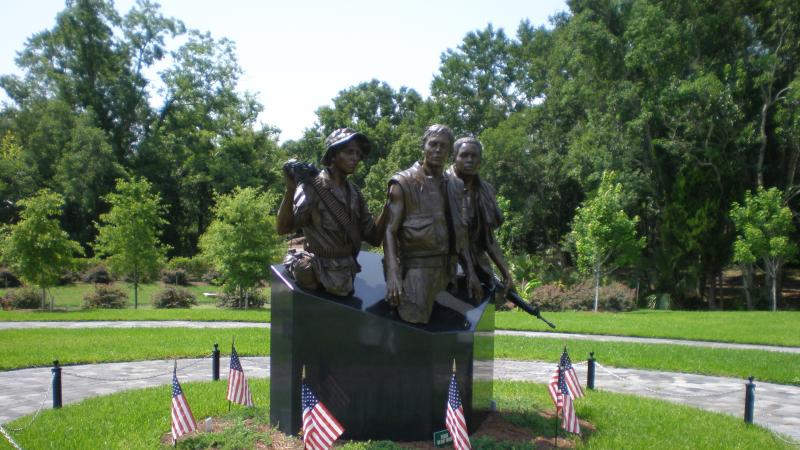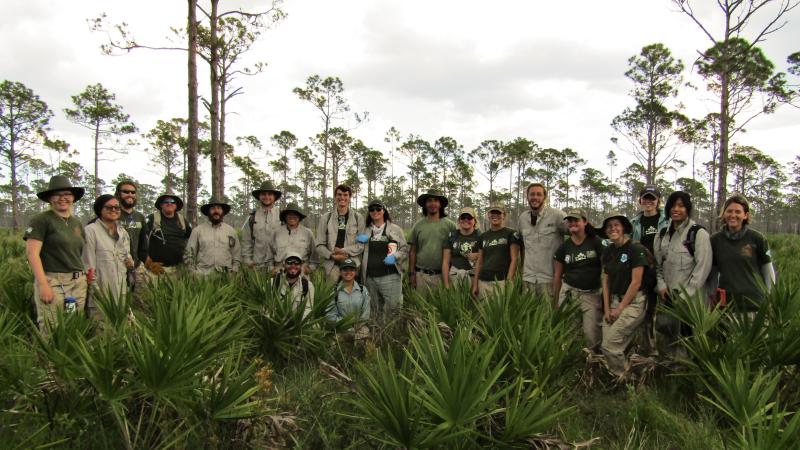State Parks Preserve African-American History, Untold Stories

The theme of 2020 Florida Black History Month is “Celebrating Untold Stories and Contributions of African Americans in Florida.”
Florida State Parks protect landmarks and places significant to black history in Florida. These state parks and historic sites tell compelling stories about the impact African Americans have had on Florida’s history and culture.
Remembering a battle
At the Civil War Battle of Olustee, two regiments of black Union Army troops played a pivotal role in the conflict. As Union forces beat a hasty retreat, the 54th Massachusetts Volunteer Infantry and the 35th U.S. Colored Troops acted as a rearguard, preventing Confederate soldiers in hot pursuit from inflicting further casualties. The Battle of Olustee was expertly reenacted on Feb. 14-16 at Olustee Battlefield Historic State Park with an authentic encampment, living history interpreters, music, food and more.
The network to freedom
Two state parks along the Atlantic Coast, more than 300 miles apart, are connected by their history as stopovers for people escaping slavery. Both are designated National Underground Railroad Network to Freedom sites. Fort Mose Historic State Park in St. Augustine preserves the site of the first free black settlement in North America. Far down the coast, Bills Baggs Cape Florida State Park served as a rendezvous point for passage to freedom in the Bahamas. To discover the history of these parks, visit the museum at Fort Mose or take a guided tour of the lighthouse at Cape Florida.
The Great Depression and building Florida’s first state parks
In the 1930s, the CCC employed young men in public works projects across America to relieve unemployment caused by the Great Depression. These hardworking men built the first Florida State Parks. An African American CCC corps braved wild conditions on the banks of the Myakka River and discrimination in the nearby city of Sarasota to build Myakka River State Park, one of Florida’s largest parks. By hand, they paved roads, blazed trails, and erected structures and cabins that you can see still see at the park. Discover the CCC’s legacy at Myakka River State Park.
A unique community
Alfred B. Maclay Gardens State Park in Tallahassee is known for the legacy of Maclay, a New York financier who created Killearn Plantation and the elaborate ornamental gardens there in the 1930s. However, a unique chapter in Florida’s history unfolded there decades earlier. In a surprising move soon after the Civil War, plantation owner Mariano Papy sold land near the park’s two lakes to several formerly enslaved families. They created one of Florida’s first landowning African American communities, which was intertwined with area tenant farmers and the wage workers who later built and tended to Maclay’s gardens. Park rangers lead educational hikes that explore the heritage of the Overstreet Community regularly in winter or by request — view upcoming events.
Fighting for the right to recreation in the 1960s
Near Fort Lauderdale, Dr. Von D. Mizell-Eula Johnson State Park is named for two civil rights movement activists who fought for the rights of African Americans to county beach access. Mizell was the first black surgeon in Broward County and Johnson the president of the local NAACP chapter. Both led “wade-ins” at a whites-only beach and successfully pressured the county, creating momentum for a later court victory that integrated area schools. In another pivotal moment for civil rights in Florida, professors Clarence Owens and W.O. Mack and their families were denied entrance to Maclay Gardens State Park — prompting an NAACP lawsuit that helped integrate the entire park system.
Explore history in Florida State Parks
This article was published in the Real Florida ℠ Connection, the Florida State Parks e-newsletter. Sign-up to get updates and stories from your state parks the first week of every month.


